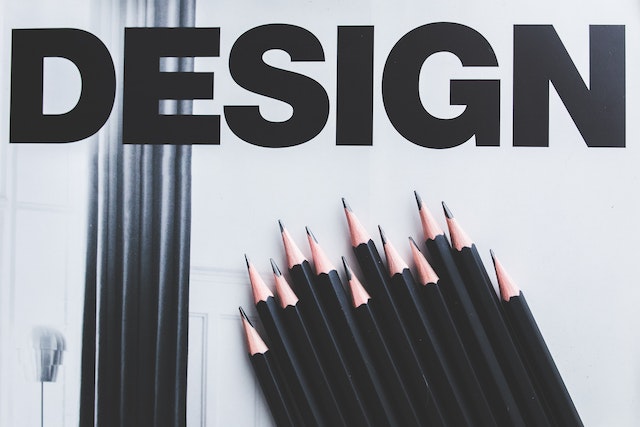A Discussion on The Ultimate Design Thinking:
Many people think being able to create beauty in design must be some kind of inherent talent. Individuals possessing such talents often and naturally find themselves pursuing careers in design, invention, art, or architecture. Many of us can recall our elementary school art classes, where we may have observed a few classmates effortlessly completing art assignments with exceptional creativity. These individuals appeared to possess innate artistic talent, making it seem as though they were born with it. However, based on my many years of experience and observation, this mindset and assumption is very much not true.
I asked AI (ChatGPT 3.5) what the secrets of producing great design work are. Here are its answers:
- Understanding the purpose and audience
- Paying attention to detail
- Using appropriate tools and techniques
- Staying up to date with design trends
- Being willing to experiment
- Seeking feedback
- Being passionate about design
It is true that these are great prerequisites to design, but oftentimes, one can still find design challenging even if they are equipped with all these qualities and strategies. When I look at my students and colleagues in the design field, most of them embrace these qualities. However, I still hear many of them say things like: “Design just isn’t my strength.” Then, they retreat to their comfort zone doing design-related things, but the actual design work. They become afraid to express their true design voices. Some even chose to leave the field with this pessimistic assumption.
So, what exactly is the missing formula to produce an exceptional design that leaves everyone in awe? How can we design something that expresses the beauty of this universe? In my opinion, it’s all about having the ability to let your design flow naturally and effortlessly from within. This mindset goes against the conventional belief that great work is only achieved through talent, hard work and effort. Instead, I believe that truly outstanding work is not created by us; rather, it finds us. It’s the ability to let whatever you want to design come out naturally and effortlessly, with zero obstructions. This is an opposite mindset of what we typically think: Work hard on what we are good at; then, we will produce great work. Instead, the truly great work will come to us if we allow it to.
It is when we put down all the physical and mental obstacles, then beautiful designs come to us. This is quite contrary to the belief that we must possess natural talent or exceptional skills and experiences to create something great. While it’s true that we need to learn how to use drawing pens or computer software and put our body to work, to create a well-designed house plan or any design drawings, this is merely a prerequisite. Once we can let go of our inhibitions, allowing the creation process to become natural and effortless, outstanding designs begin to emerge.
What are the physical and mental inhibitions? One way to approach it is to think of any abilities we are good at with our left brain as these inhibitions, and any emotions that are amplified by these abilities as well. For example, when you feel that you are thinking too much (with your left brain) and you fear (amplified emotion) certain consequences from making a decision, you are being inhibited. This is just one common example. I will explore this topic further in the future articles.
You may be wondering how we can let go of the inhibitions? A fun exercise to do is to ask yourself about the moments you are most proud of in your life. Some of these moments might be related to designing, creating, inventing, or a physical activity. When I posed this question to a musician friend of mine, she recounted a moment when she composed a song in a single sitting, with seemingly no need for revision or refinement. The melody and lyrics came to her naturally, almost as if the song emerged fully formed from her mind. I asked about her state of body and mind at the moment, she described feeling focused yet relaxed, and time seemed to stand still as the creative process unfolded.
Renowned architect Renzo Piano said in his TED talk: “Real beauty is when the invisible joins the visible, coming on surface, and this doesn’t apply only to art or nature. This applies to science, human curiosity, and society. That’s the reason why you may say. ‘This is a beautiful person.’” When I heard him say “the invisible joins the visible”, I knew that he was talking about the same thing as I said “to let your design flow naturally and effortlessly from within.”

Next time, I will discuss the ways to easily enter this secret and magical state of body and mind, to let go of all the inhibitions. Stay tuned!
If you read all the way here, I am sure you are interested in design somehow. Leave a comment below and let me know if you can think of a moment in life that you are most proud of? Were your body and mind in a similar state that is described above?
First time to this blog? Check out the Intro Post.

